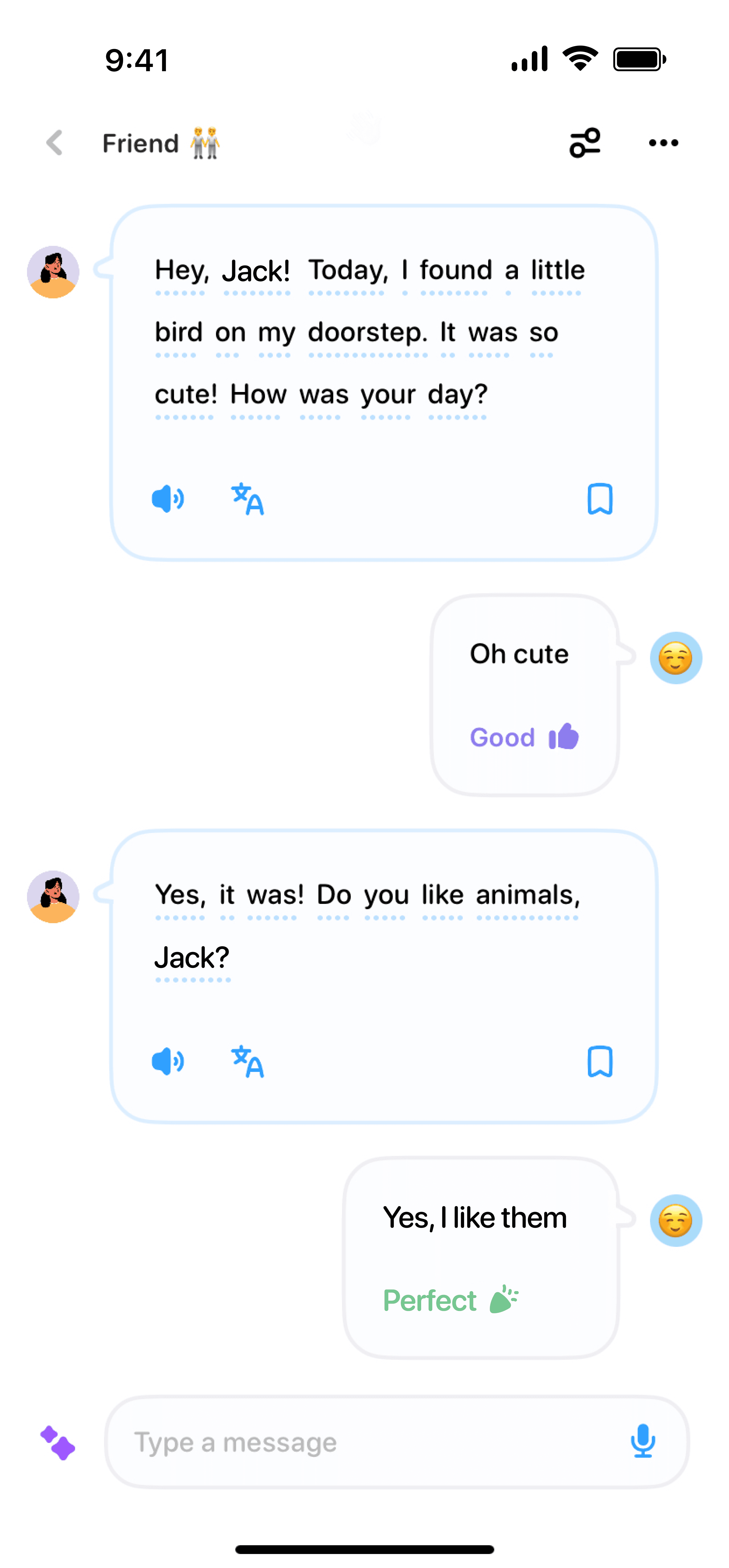07/15/2024
·
Emma Robbie
Artificial Intelligence (AI) transcription technology has come a long way since its inception. From basic speech-to-text systems to highly sophisticated AI-driven tools, the evolution of this technology has been nothing short of remarkable. In this blog post, we'll explore the past, present, and future of AI transcription technology, and how it continues to shape our world.
The Early Days: Manual Transcription and Early Software
In the beginning, transcription was a labor-intensive process. Skilled typists would manually transcribe audio recordings, a time-consuming and often error-prone task. As technology advanced, early speech recognition software began to emerge. These early systems were limited in accuracy and functionality but represented a significant step forward.
During the 1980s and 1990s, companies like IBM and Dragon Systems developed some of the first commercial speech recognition software. These tools required extensive training to recognize individual voices and had limited vocabulary, making them useful primarily for specialized tasks.
Present: The Rise of AI and Machine Learning
Fast forward to the present day, and we find ourselves in the era of AI and machine learning. Modern AI transcription technology has made incredible strides, thanks to advances in natural language processing (NLP) and deep learning. Companies like Google, Microsoft, and Amazon have developed powerful AI-driven transcription services that are more accurate and versatile than ever before.
Improved Accuracy and Speed
Today's AI transcription tools can handle a wide range of accents, dialects, and languages with high accuracy. They can transcribe speech in real-time, making them invaluable for live broadcasts, meetings, and conferences. The combination of cloud computing and AI has enabled these systems to process vast amounts of data quickly and efficiently.
Integration with Other Technologies
Modern transcription tools often integrate seamlessly with other technologies, such as customer relationship management (CRM) systems, virtual assistants, and content management platforms. This integration allows for automated workflows, enhanced data analysis, and improved accessibility for users.
Accessibility and Inclusivity
AI transcription technology has also played a crucial role in making content more accessible. Automated transcriptions can provide captions for videos, making them accessible to individuals with hearing impairments. Additionally, they can translate content into multiple languages, breaking down language barriers and promoting inclusivity.
The Future: What Lies Ahead?
The future of AI transcription technology is promising, with several exciting developments on the horizon. As AI continues to evolve, we can expect even greater advancements in accuracy, speed, and functionality. Here are some key trends to watch for:
Enhanced Contextual Understanding
Future AI transcription systems will likely have improved contextual understanding, allowing them to better interpret nuanced speech, industry-specific jargon, and complex sentence structures. This will result in more accurate transcriptions and more reliable insights.
Personalization
As AI technology becomes more advanced, we can expect transcription tools to offer greater levels of personalization. These systems will learn from user interactions and adapt to individual speaking styles, preferences, and specific needs, making them even more effective and user-friendly.
Integration with Emerging Technologies
AI transcription technology will continue to integrate with emerging technologies such as augmented reality (AR), virtual reality (VR), and the Internet of Things (IoT). This integration will enable new and innovative applications, from real-time speech-to-text in VR environments to intelligent voice-activated assistants in smart homes.
Greater Focus on Privacy and Security
As AI transcription technology becomes more pervasive, there will be an increased emphasis on privacy and security. Future systems will prioritize data protection, ensuring that sensitive information is safeguarded and that users have control over their data.
In conclusion, AI transcription technology has come a long way from its humble beginnings. The advancements we've seen in recent years are just the tip of the iceberg, with even more exciting developments on the horizon. As AI continues to evolve, transcription technology will become even more accurate, versatile, and indispensable in our daily lives. From improving accessibility to enhancing productivity, the future of AI transcription technology is bright.


